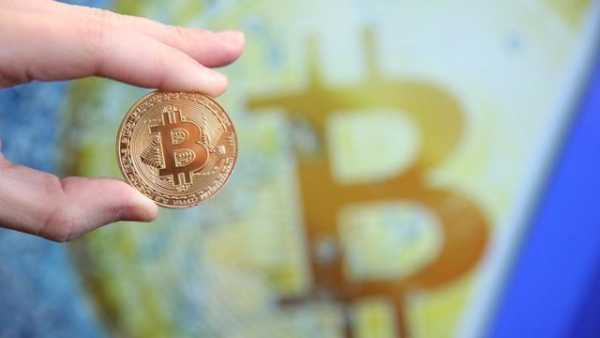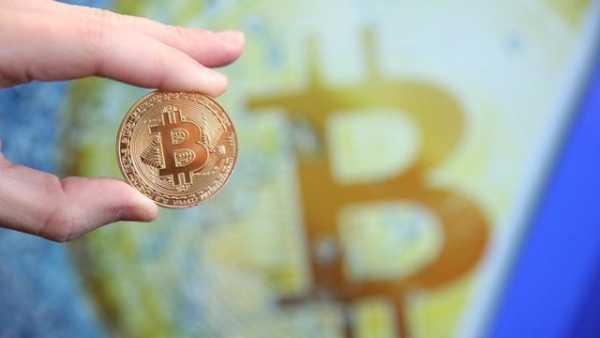Which cryptocurrencies have lost the most in value

The cryptocurrency market remains under pressure despite attempts at local recovery. After a short-term rebound, Bitcoin fell again to the $81,000 mark, and most altcoins ended the week with a decline, writes RBC Crypto.
We analyze the coins from the top 100 CoinMarketCap, for which the past week was especially negative – they lost the most against the backdrop of weakening interest in risky assets and due to local factors.
Hyperliquid (HYPE)
Weekly decline (March 24–31): 25%
Hyperliquid is a decentralized exchange with its own liquidity engine (HLP), which automatically takes over positions during large liquidations. In late March, the platform encountered manipulation: an unknown large trader, who had previously conducted similar operations, opened a short on the low-liquid memcoin JELLYJELLY, caused its price to collapse, and then began withdrawing collateral to trigger its own liquidation. As a result, HLP took over the position, which turned out to be unprofitable due to the subsequent rise in the token price.
The situation worsened after Binance and OKX launched JELLYJELLY futures, a move that market participants perceived as a potential increase in pressure on Hyperliquid. The exchange suspended trading and delisted the contract, then recalculated the positions and announced minimal losses. Users were promised compensation, with the exception of addresses involved in manipulation. Against this backdrop, the HYPE token fell by 25% in a week.
The rate was also affected by the reaction of Hyperliquid validators, who promptly voted to delist the contract. This sparked discussions about the degree of real decentralization of the project. Despite the fact that the team's actions allowed them to limit losses, the situation itself called into question the stated principles of platform management and increased pressure on the token.
PancakeSwap (CAKE)
Weekly decline (March 24–31): 23%
PancakeSwap is the largest decentralized exchange (DEX) on the BNB Chain network, where users can trade tokens, participate in farming, and earn rewards for providing liquidity. The platform has played a significant role in the recent memecoin craze: after Solana, a number of high-profile new tokens were launched through PancakeSwap, attracting an influx of retail users.
However, with the weakening interest in hype assets and the general cooling of the market, activity on the platform has decreased. This has also affected the dynamics of CAKE, the native token of the ecosystem. CAKE does not provide a share in the platform's profits and is not directly linked to commission income, which makes it vulnerable to a decrease in interest from traders.
Jupiter (JUP)
Weekly decline (March 24–31): 23%
Jupiter is a decentralized exchange (DEX) aggregator on the Solana blockchain. The platform selects the best conditions for token exchanges by comparing liquidity and prices across different DEXs in the Solana ecosystem. Jupiter is integrated with major protocols and provides users with trading tools, including orders, DCA (averaging) strategies, and automated trades.
The JUP token was launched in early 2024 and is used for ecosystem governance, including voting on key protocol parameters and resource allocation. Jupiter is considered one of the key infrastructure projects on Solana, especially in the context of the memecoin hype.
Last week, the price of JUP declined amid the overall market decline and likely a weakening interest in speculative assets on Solana.
Pi Network (PI)
Weekly decline (March 24–31): 22%
Pi Network is a blockchain platform that was initially promoted as a way to “mine cryptocurrency from your phone.” The project quickly gained popularity due to its referral model for attracting users, but has faced harsh criticism since the launch of the token.
In February 2025, the PI token debuted with a fully diluted valuation (FDV) of about $195 billion — significantly higher than most cryptocurrencies. This raised concerns among analysts and investors: with extremely low liquidity and no open market, such a high valuation looks overpriced.
The situation was further aggravated by accusations against the project. Bybit CEO Ben Zhou publicly called Pi Network a “scam” and refused to list the token on the platform. In response, the project team stated that the model is built on community engagement, not financial investment, and denied accusations of using a multi-level marketing scheme.
Against this backdrop, the PI rate has come under pressure. Despite statements about continued development, the project remains controversial – both due to its large-scale tokenomics and the lack of a full-fledged market listing.
This, however, does not prevent it from occupying a place in the top 30 largest crypto assets by capitalization according to CoinMarketCap.
Sonic (S)
Weekly decline (March 24–31): 21%
S is an upgraded version of the Fantom (FTM) token, a layer-one blockchain focused on high performance, scalability, and compatibility with Ethereum. The Fantom network uses its own Lachesis consensus algorithm, providing high throughput and low fees for smart contract execution.
In March 2025, the team completed the migration of FTM tokens to a new asset S in a 1:1 ratio. The new brand is intended to highlight the updated development strategy of the project, but the basic infrastructure and technology remained the same. The S token is used to pay for transactions on the network, participate in staking, and manage the ecosystem.
Since the long-awaited launch of the Sonic mainnet in December, the token has remained in a slump. A more than twofold increase in February was completely leveled out by early March. In the tenth days of the month, the price jumped again by more than 40%, but this momentum has completely disappeared over the past week.
Источник: cryptocurrency.tech



